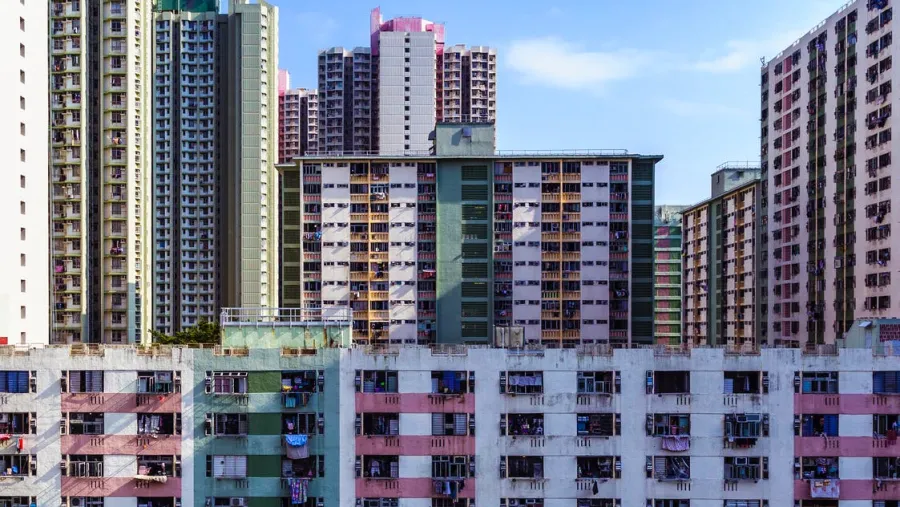
Hong Kong residential sees most relaxed market conditions in 14 years
Cooling measures were recently withdrawn.
In the 2024 Budget in late February, the government announced the immediate withdrawal of all property cooling measures which had been in place since 2010.
In a report, Knight Frank noted that the Hong Kong Monetary Authority (HKMA) also eased lending rules for property buyers, including a suspension of stress tests and allowing buyers to purchase self-use apartments with lower down payments. This move has made the most relaxed market conditions in the past 14 years.
Here’s more from Knight Frank:
Before the Budget, Hong Kong’s residential market was still affected by stubbornly high interest rates, ample unsold first-hand inventory and the prevailing challenging economic conditions. Overall prices fell by 1.6% MoM and 9.4% YoY in January, the ninth consecutive monthly decline, according to the latest release by the Rating and Valuation Department. Transaction volume plummeted to 2,375 units in February with a 31.7% MoM decline, according to the Land Registry.
Since the withdrawal of cooling measures, developers have been actively launching new sales, leading to a notable rebound in new sales transaction immediately. Primary residential property transactions upsurged to 1,620 cases just in the first 10 days of March, according to market sources.
Rents levelled off at the beginning of the new year with a marginal 0.3% MoM drop but maintained a 6.9% YoY increase. Notable luxury rental transactions included a 4,752-sq-ft house in Walford Villa at The Peak which was leased for HK$270,000 per month (or HK$57 per sq ft); and a 4,591-sq-ft unit at Block A, Repulse Bay Mansion, Repulse Bay, which was leased for HK$220,000 (HK$48 per sq ft).
The removal of all property cooling measures immediately resulted in a significant increase in local and overseas transactions in both the primary and secondary markets. This improved confidence has tempered price declines and we may now see a rebound once interest rates begin to drop in the second half of the year.



















 Advertise
Advertise




